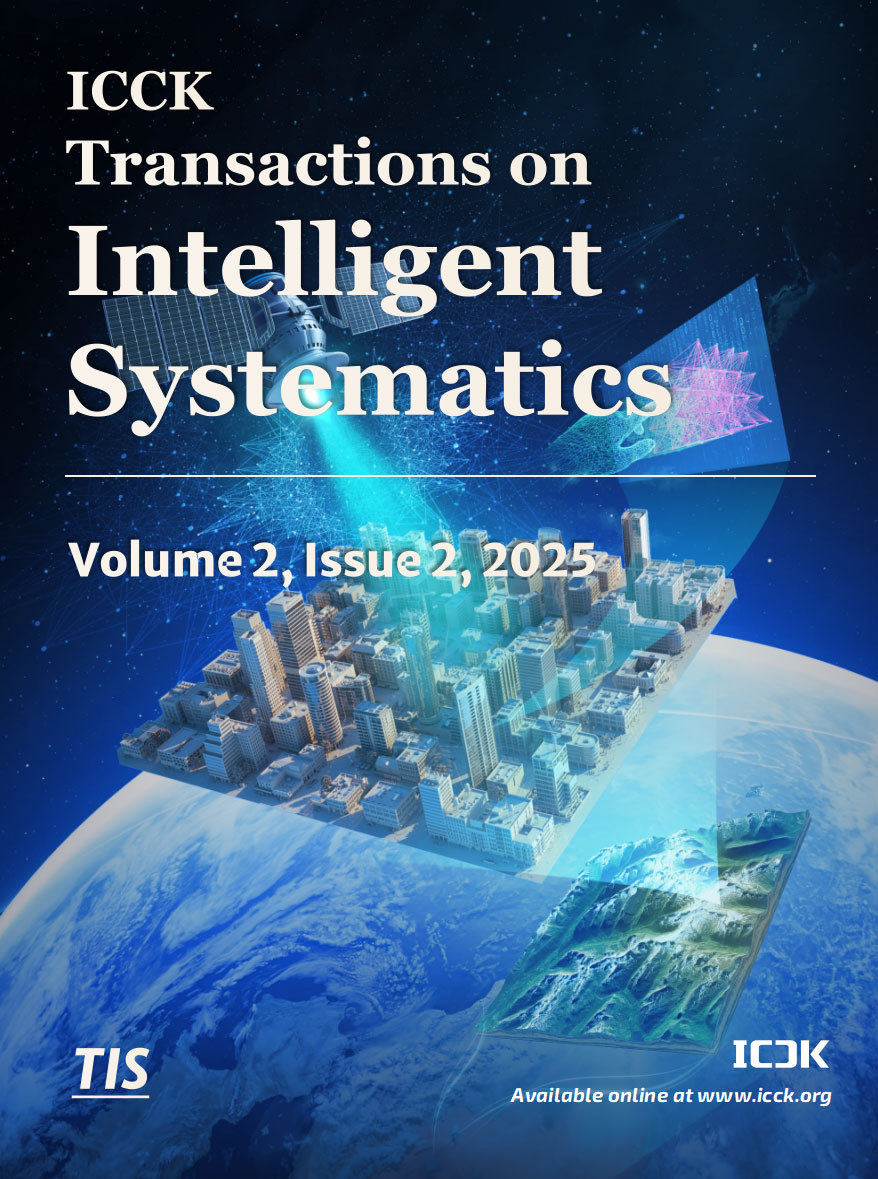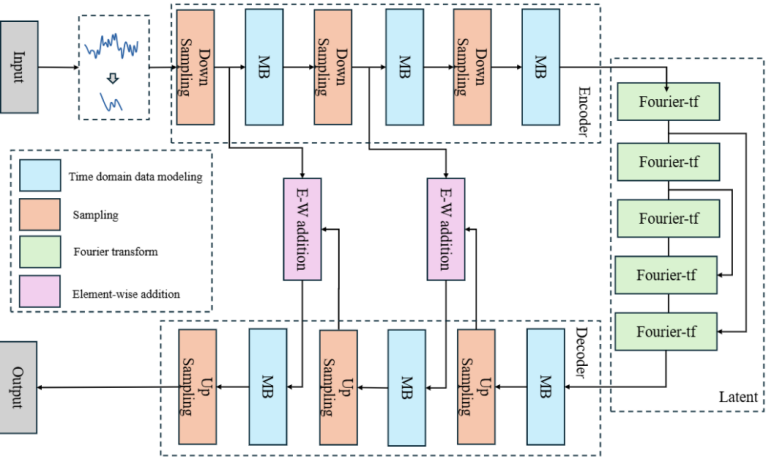Abstract
The abnormal fluctuations in network traffic may indicate potential security threats or system failures. Therefore, efficient network traffic prediction and anomaly detection methods are crucial for network security and traffic management. This paper proposes a novel network traffic prediction and anomaly detection model, MamNet, which integrates time-domain modeling and frequency-domain feature extraction. The model first captures the long-term dependencies of network traffic through the Mamba module (time-domain modeling), and then identifies periodic fluctuations in the traffic using Fourier Transform (frequency-domain feature extraction). In the feature fusion layer, multi-scale information is integrated to enhance the model’s ability to detect network traffic anomalies. Experiments conducted on the UNSW-NB15 and CAIDA datasets demonstrate that MamNet outperforms several recent mainstream models in terms of accuracy, recall, and F1-Score. Specifically, it achieves an improvement of approximately 2% to 4% in detection performance for complex traffic patterns and long-term trend detection. The results indicate that MamNet effectively captures anomalies in network traffic across different time scales and is suitable for anomaly detection tasks in network security and traffic management. Future work could further optimize the model structure by incorporating external network event information, thereby improving the model’s adaptability and stability in complex network environments.
Data Availability Statement
Data will be made available on request.
Funding
This work was supported without any funding.
Conflicts of Interest
Tian Su is an employee of Meta Platform Inc., Seattle, WA, 98109, United States.
Ethical Approval and Consent to Participate
Not applicable.
Cite This Article
APA Style
Zhang, Y., Li, R., Liang, X., Yang, X., Su, T., Liu, B., & Zhou, Y. (2025). MamNet: A Novel Hybrid Model for Time-Series Forecasting and Frequency Pattern Analysis in Network Traffic. ICCK Transactions on Intelligent Systematics, 2(2), 109–124. https://doi.org/10.62762/TIS.2025.347925
Publisher's Note
ICCK stays neutral with regard to jurisdictional claims in published maps and institutional affiliations.
Rights and Permissions
Institute of Central Computation and Knowledge (ICCK) or its licensor (e.g. a society or other partner) holds exclusive rights to this article under a publishing agreement with the author(s) or other rightsholder(s); author self-archiving of the accepted manuscript version of this article is solely governed by the terms of such publishing agreement and applicable law.


 Submit Manuscript
Edit a Special Issue
Submit Manuscript
Edit a Special Issue

